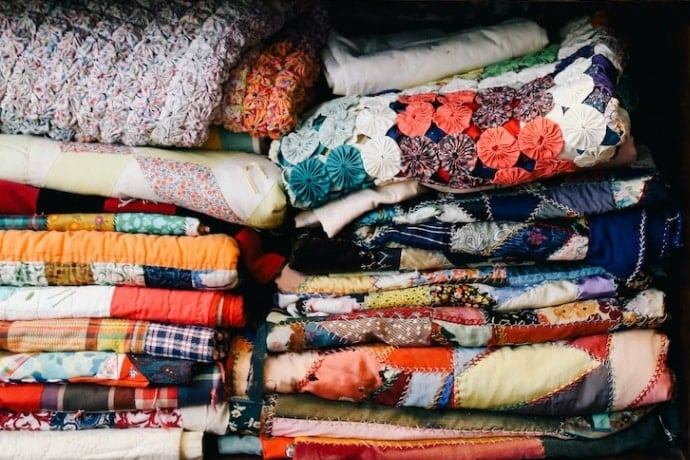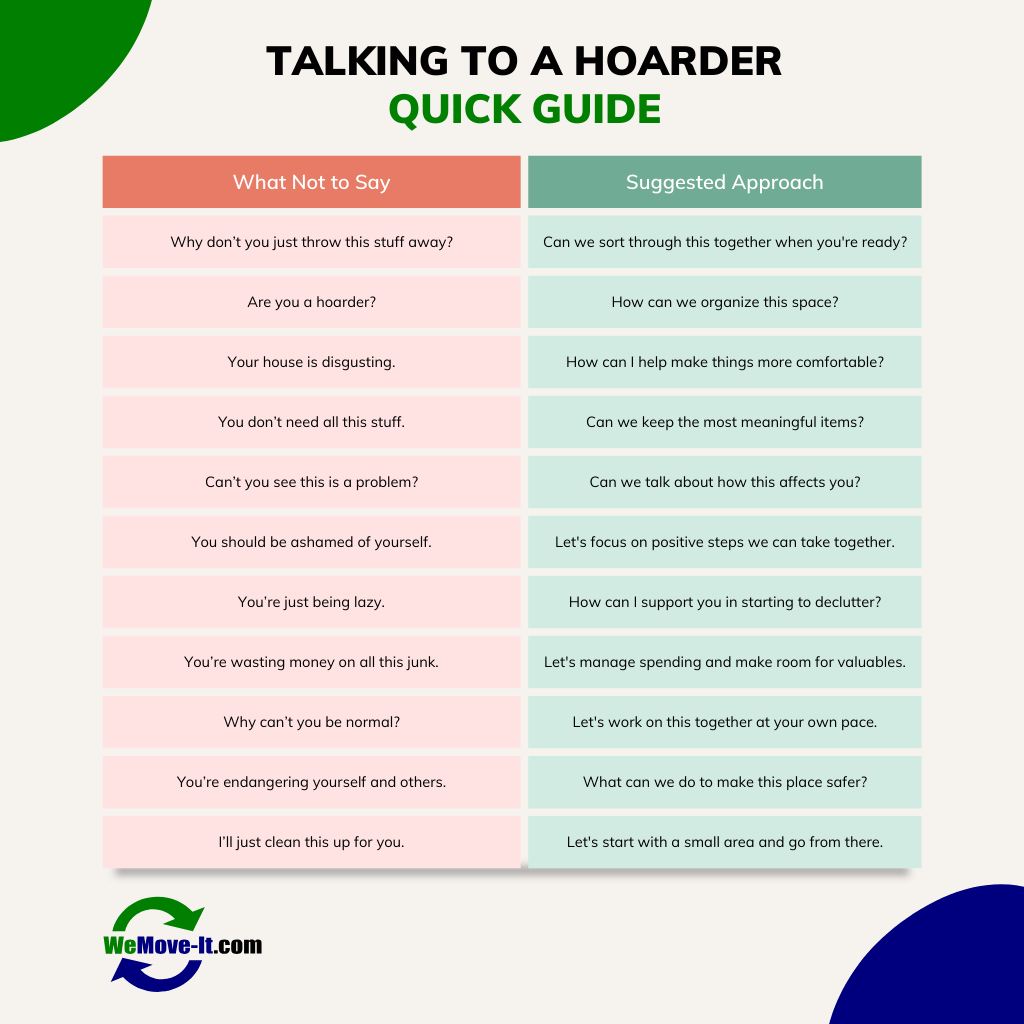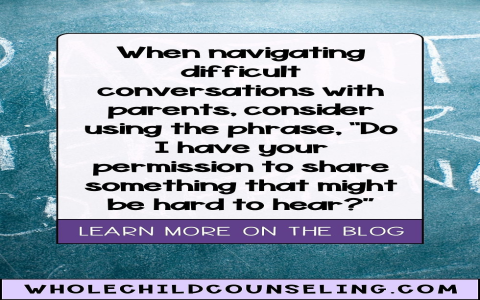So, you’ve got a hoarder in the family. Man, let me tell you, it’s a tough road. I’ve been down it, and it’s not something you just “fix” overnight. It’s a whole different ball game than just dealing with someone who’s a bit messy.

My First Realization and a Lot of Wrong Turns
For the longest time, I just thought my family member was, you know, super sentimental or maybe just really bad at throwing things away. I’d try the logical approach. “You don’t need this,” I’d say. Or, “Let’s just clear out this one little corner.” Big mistake. That usually ended in arguments, tears, or just them shutting down completely. I’d get frustrated, they’d get defensive. It was a cycle, and nothing ever changed except the piles got bigger.
I remember one visit, years ago, where I physically couldn’t walk through a room without sidestepping stacks of newspapers and boxes. That was a bit of a wake-up call, but even then, I didn’t really get it. I thought if I just pushed harder, or was more persuasive, I could make them see reason. Yeah, that didn’t work. At all.
The Point Where I Knew I Had to Change My Approach
The real turning point for me was when I started to genuinely worry about their safety. It wasn’t just clutter anymore; it was becoming a hazard. I saw pathways blocked, stuff piled near heaters, and I had this awful vision of something terrible happening, like a fire or a fall, and them not being able to get out, or emergency services not being able to get in. That scared me enough to realize my old ways of nagging or trying to take charge weren’t just ineffective; they were making things worse by adding stress.
So, I had to stop. I stopped trying to force change on them and started to figure out what I could do differently. It was a hard pill to swallow, realizing I couldn’t control them or their stuff.
What I Actually Did: A Slow and Steady Process
Here’s what my journey looked like, and it was a slow one, let me tell you:

- I started by educating myself. Not with fancy psychology degrees or anything, just reading articles, forums, anything I could find online from other people dealing with similar situations. I learned that hoarding is often a mental health issue, not just a choice. That helped me build a tiny bit of empathy, even when I was super frustrated.
- I changed my communication. Instead of saying, “This is a mess, you need to clean it,” I tried things like, “I’m worried about your safety here. Can we work together to make this pathway clear?” I focused on safety and my feelings, not just their “problem.”
- We set super, super small goals. And I mean TINY. Like, “Can we clear off this one chair today so you have a safe place to sit?” Not “Let’s clean the whole room.” That’s too overwhelming for everyone.
- I learned to ask permission. “Would it be okay if I helped you sort through this small pile of mail?” Or “Can I move this box to make it safer to walk here?” Giving them agency was key, even if it felt painfully slow.
- I focused on harm reduction, not perfection. My goal shifted from a “clean house” (which was never gonna happen quickly) to a “safer house.” Are the smoke detectors working? Are exits clear? Is there less risk of tripping?
- I offered support, not solutions. Sometimes I’d just offer to sit with them while they thought about sorting something. No pressure. Just being there. Sometimes that was all they needed to tackle one small thing.
- I had to manage my own emotions. This was huge. I got frustrated. I got sad. I got angry. I had to find ways to deal with that away from them. Talking to a friend, going for a walk, whatever. Bringing my frustration into the situation was like pouring gasoline on a fire.
- We celebrated tiny victories. Cleared a tabletop? Awesome. Filled one trash bag (even if it took a week)? High five. It sounds silly, but it helped.
Where Things Stand Now and What I’ve Learned
It’s not perfect. It never will be, probably. The hoarding tendency is still there. But things are much, much more manageable now. The immediate safety concerns are mostly addressed. There are clear pathways. We can actually use some of the rooms again, in a limited way.
The biggest thing I learned? Patience. And then more patience. And that I can only control my own actions and reactions. I can’t force someone to change, especially when there are deep-seated issues involved. I also learned that small, consistent efforts over a long period are way more effective than big, dramatic clean-out attempts. It’s a marathon, not a sprint. And honestly, it’s also about preserving the relationship as much as it is about dealing with the stuff. It’s still hard, but it’s better. We actually talk now, without it always ending in a fight about the clutter. And that, in itself, is a huge win.








